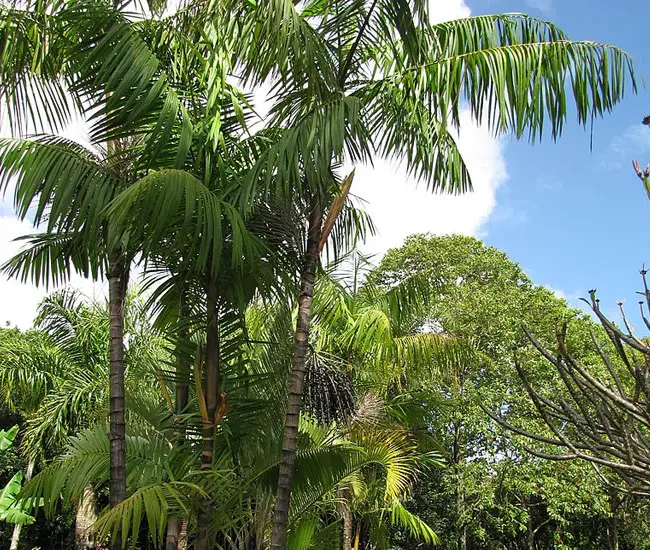
How to Grow the Acai Palm Tree (Euterpe oleracea)
Acai (Euterpe oleracea), pronounced AH-sigh-EE, is a palm tree found throughout South America. Its berries are dark purple and used to make medicine. Acai contains antioxidants which are.
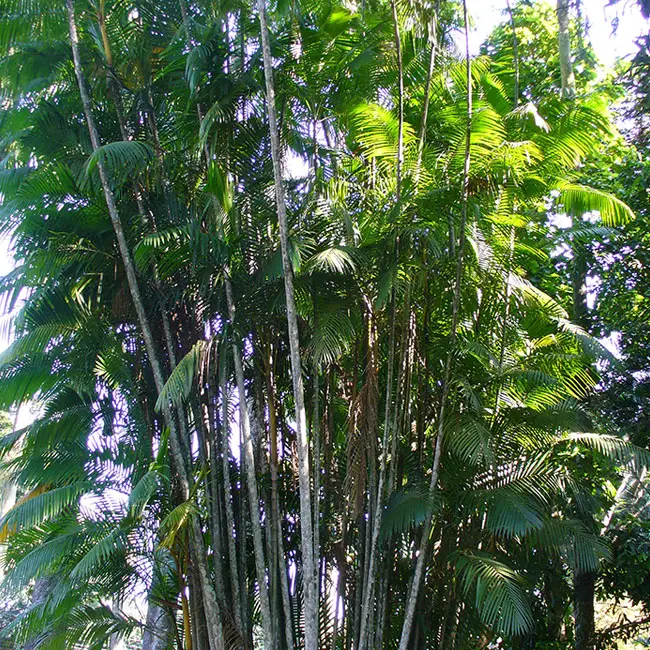
How to Grow the Acai Palm Tree (Euterpe oleracea)
Acai, asai, asaí or açaí(Euterpe precatoria Mart and Euterpe oleracea Mart) is a palm native to the Amazon rainforest of South America, widely distributed in the natural floodplains of the Brazilian, Peruvian, Ecuadorian, Bolivian, Colombian and Venezuelan Amazon(Balick, L. 2008). It is easily identified by its long, slender stem and its crown of thin, flexible, curtain-like leaves.
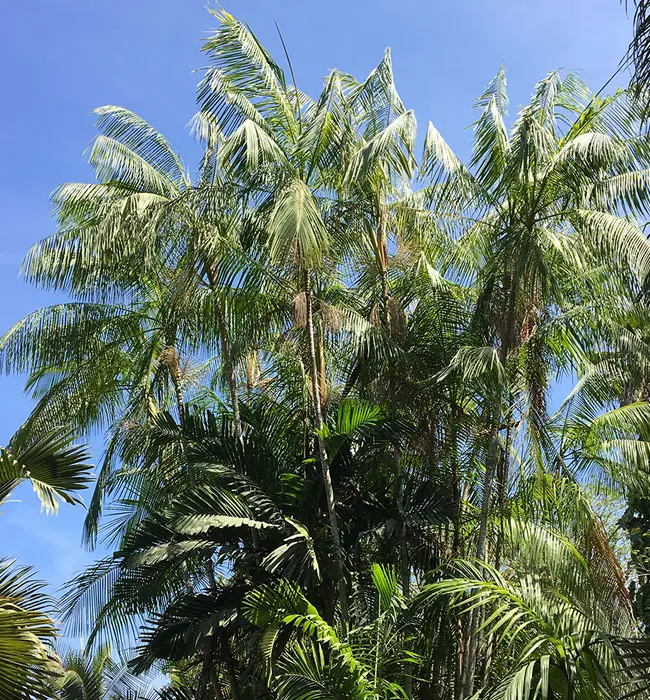
How to Grow the Acai Palm Tree (Euterpe oleracea)
Açaí grows on palm trees that tower 15 to 30 meters high. In the Açaízal Village in the Uaça indigenous reserve, the trees that the village is named after are abundant. To reach the branched panicles of berries near the tops, the villagers use the most reliable equipment they have: themselves. With nothing more than a looped palm leaf tied.
Polynesian Produce Stand ACAI Palm Tree Euterpe oleracea Edible
Hundreds of different ingredients can be added to this base, such as peanut butter, cacao, coconut flakes, other fresh berries and so much more. To help you learn more about how to make these.
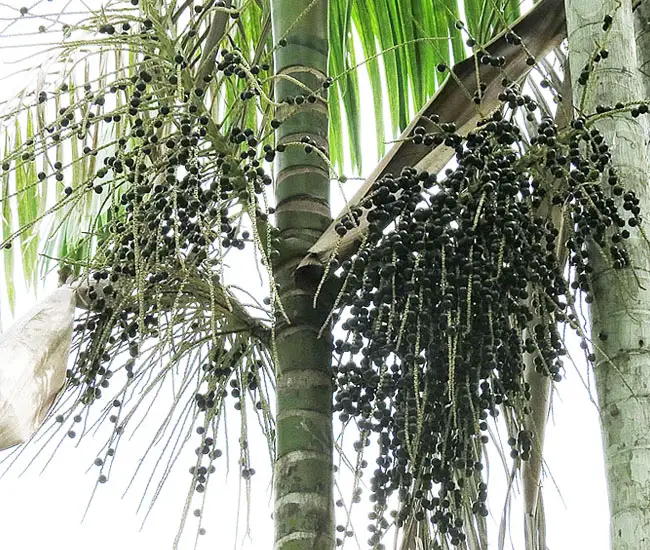
How to Grow the Acai Palm Tree (Euterpe oleracea)
Açaí berries—açaí is pronounced "ah-sigh-EE"—are grape-like fruits that come from açaí palm trees in South America's rainforests. Açaí is often touted as a superfood, and indeed, the berries contain antioxidants (which may protect your body from damaging substances called free radicals), fiber, and healthy fatty acids.
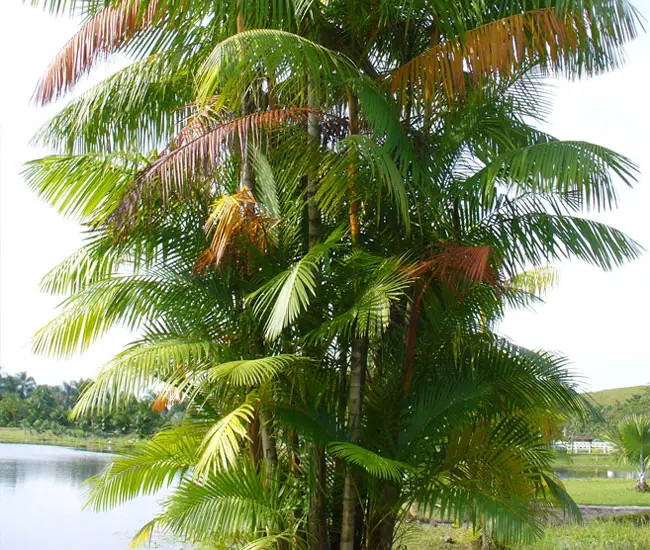
How to Grow the Acai Palm Tree (Euterpe oleracea)
Acaí is a 1-inch round berry that comes from the acai palm tree, which is native to rainforests of Central and South America. The berries have a deep purple skin, yellow flesh, and a large-sized seed inside. They're fairly similar to grapes in their size and structure—the seed takes up about 80 percent of the fruit itself.
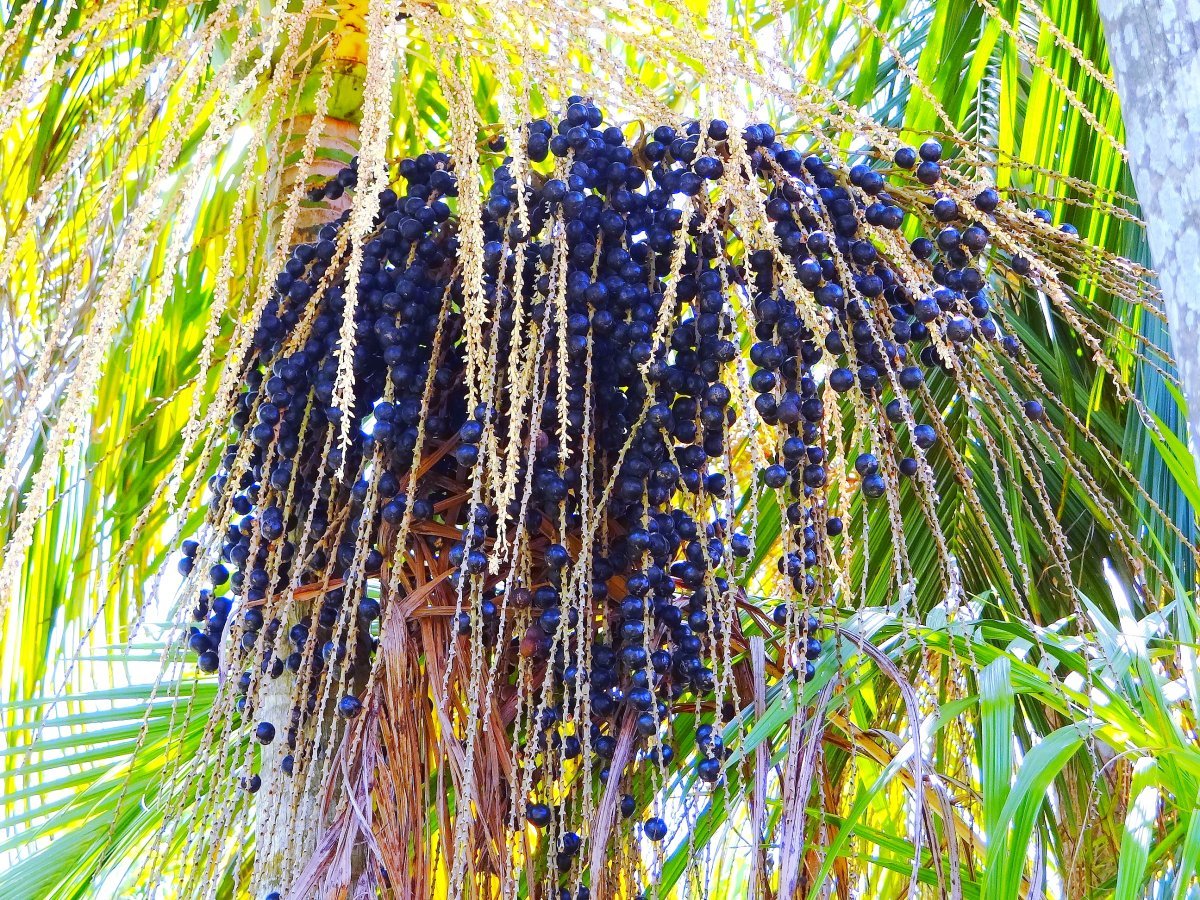
Acai Berries 5 ResearchBacked Health Benefits You May Not Know
Found on açaí palm trees in South American rainforests, açaí berries are a lot like grapes. The seed takes up about 80% of the berry, but the flesh and skin pack plenty of vitamins and other.
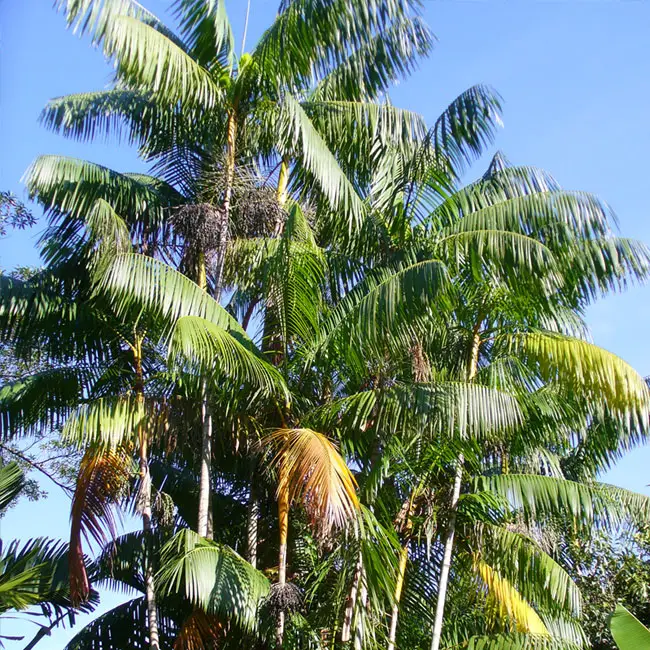
How to Grow the Acai Palm Tree (Euterpe oleracea)
Acai is a plant within the palm family grown for its edible fruit and hearts of palm. Acai may also have health benefits, including antioxidant effects and the ability to lower cholesterol and blood sugar. However, further research is necessary to quantify acai's clinical benefits fully.

PlantFiles Pictures Assai Palm, Acai Palm (Euterpe oleracea) by palmbob
This berry grows on the açaí palm tree, which bears fruit in clusters under broad leaves. It's harvested in big bunches of small, grape-like berries that look like beads hanging from the fronds. Each berry has a large pit that takes up 70 percent of the mass, which is removed before consuming.

Seeds and Farms,15 Seeds Acai Palm An Extraordinary AntioxidantRich
Palem açaí (/ ə ˈ s aɪ. iː /, bahasa Portugis: (), dari Bahasa Nheengatu: asai), Euterpe oleracea, adalah spesies pohon palem yang dibudidayakan untuk diambil buahnya (disebut açaí berry atau hanya açaí), hati palem (sayuran), daun-daunan, dan batang kayunya.Permintaan global akan buah ini telah berkembang pesat pada abad ke-21. Spesies ini berasal dari Amazon bagian timur (terutama.
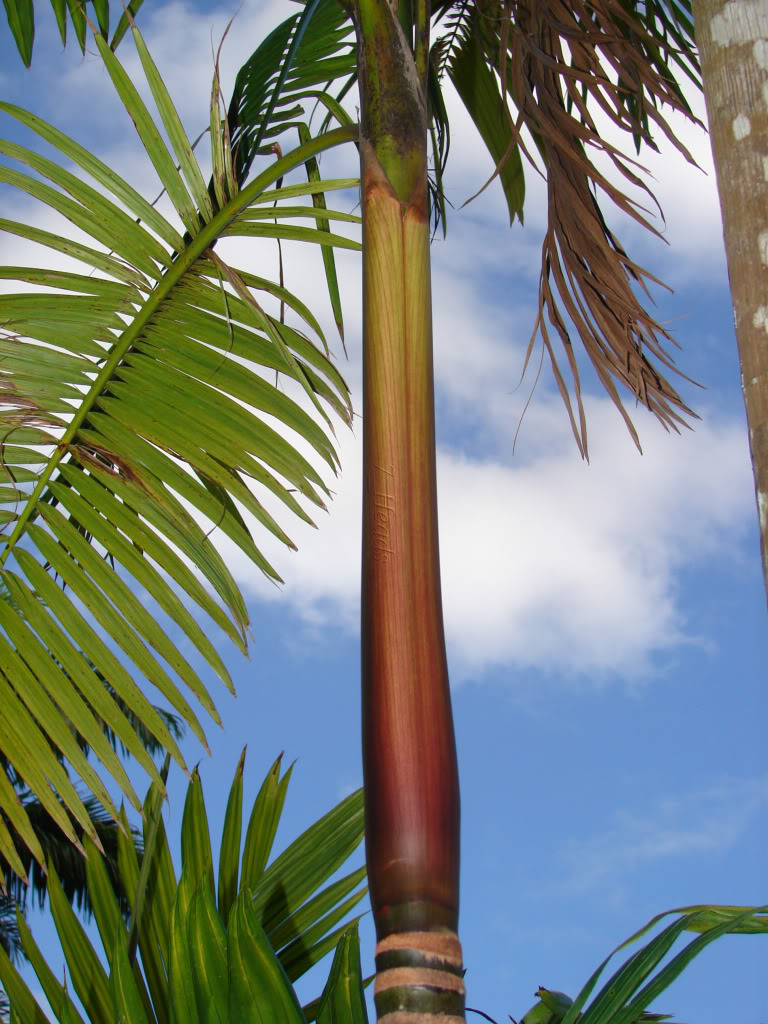
Polynesian Produce Stand LIVE Edible Acai Palm Tree BIG 1824+in
The acai palm tree, native to tropical Central and South America, produces a deep purple fruit. The acai fruit has long been an important food source for indigenous peoples of the Amazon region. Acai products have become popular in the United States, where they have been promoted for weight-loss and anti-aging purposes..
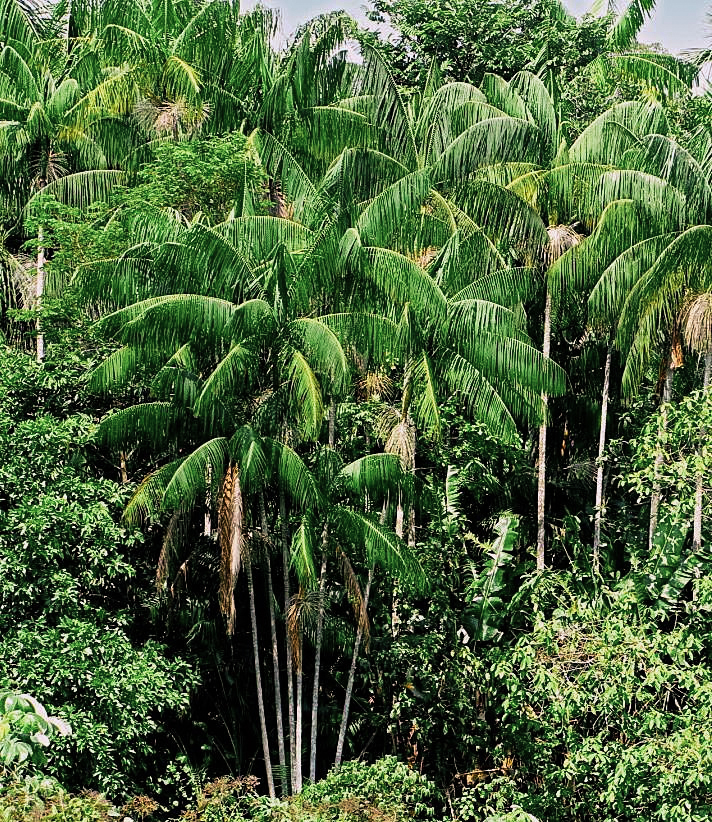
Acai Facts How Does Acai Grow? Tambor® A PASSION FOR Premium Açaí
[asaˈi] [2] is a species of ) cultivated for its (açaí berries, or simply açaí), hearts of palm (a vegetable), leaves, and trunk wood. Global demand for the fruit has expanded rapidly in the 21st century, and the tree is cultivated for that purpose primarily. The species is native to eastern , especially in Brazil, mainly in .
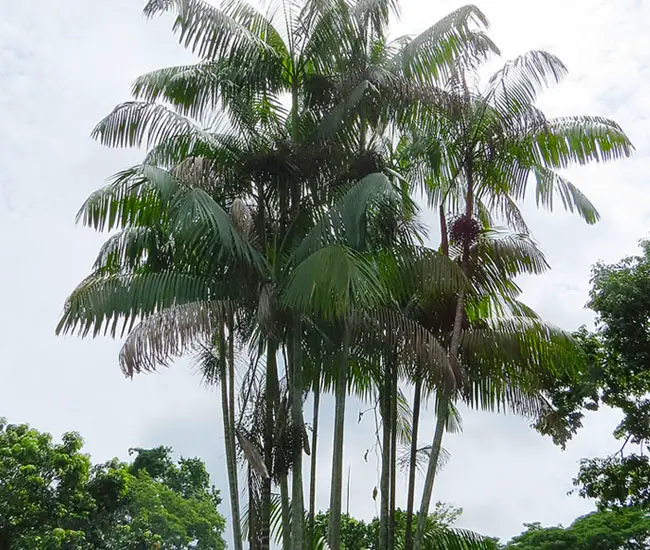
How to Grow the Acai Palm Tree (Euterpe oleracea)
Hours & Location Menu Shop Order Online Best Acai Bowls

Acai Palm [All You Need to Know] EcoCation
Palm trees produce acai berries, coconuts, dates, and palm oil (used in ice cream, pizza dough, margarine, chocolate, and cookies). Palm trees are also used to make brushes, cosmetics, soap.

Açaí palm trees and fruits, Amazonas, Brazil a photo on Flickriver
acai, ( Euterpe oleracea ), species of palm (family Arecaceae) cultivated for both its fruit and edible hearts of palm. Native to tropical South and Central America, acai palms are common along the Amazon River estuary and are cultivated on floodplains, especially in the state of Pará in Brazil.
Polynesian Produce Stand HUGE ACAI Palm Tree 34+ft Edible Berry
Acai berries are 1-inch (2.5-cm) round fruits that grow on acai palm trees in the rainforests of Central and South America. They have a dark purple skin and yellow flesh surrounding a large seed.